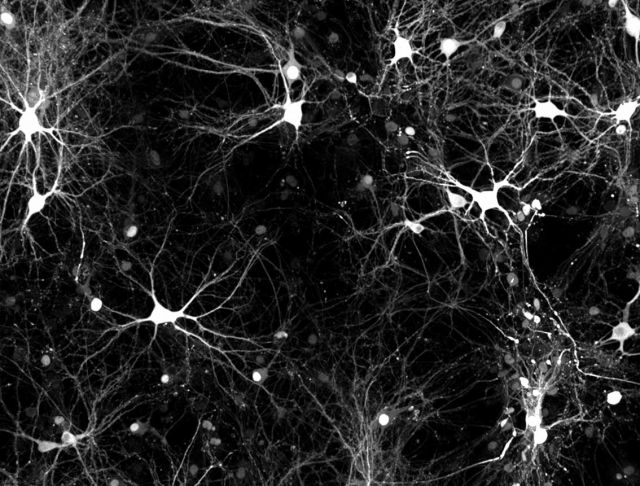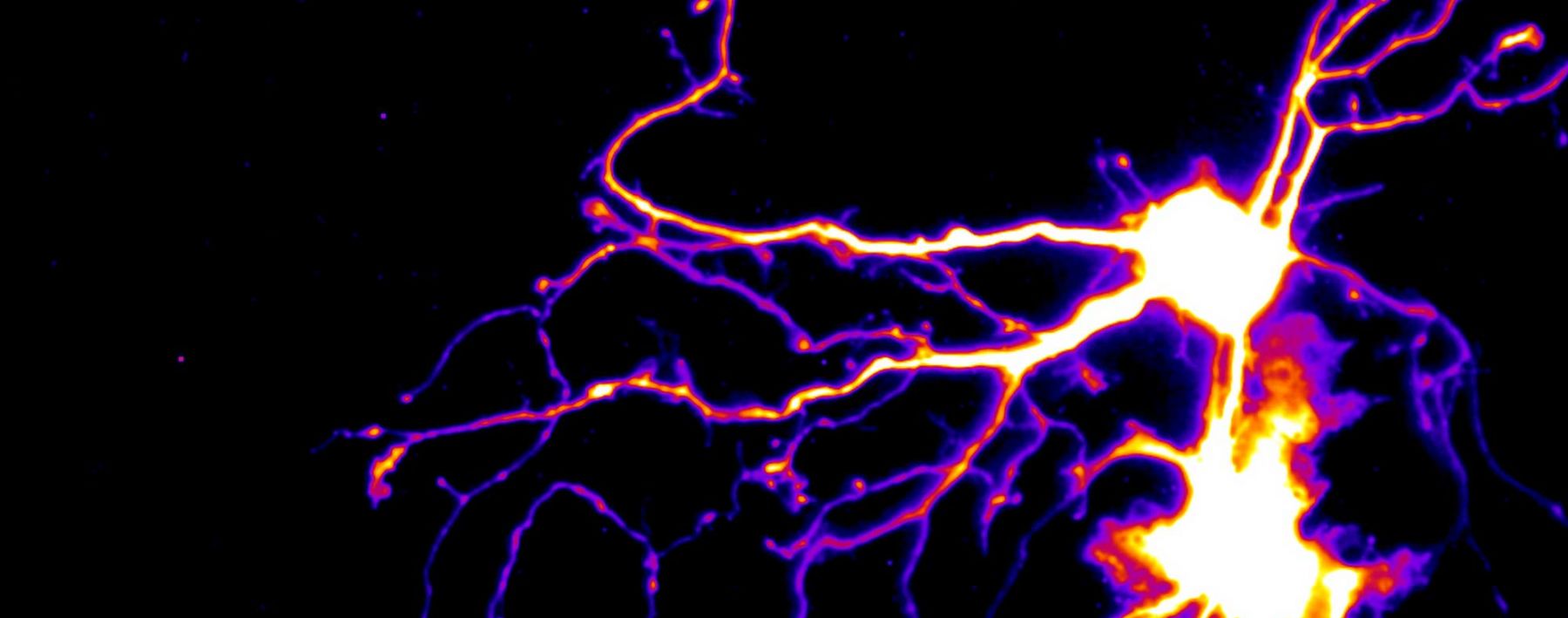
About Elmer
Elmer Guzman is a PhD student in the Kosik Lab in the department of Molecular, Cellular, and Developmental Biology at UC Santa Barbara. He is from Lake Forest, California and received his B.S. Pharmacology and M.A in Molecular, Cellular, and Developmental Biology from UC Santa Barbara.
Why Choose UCSB?
Collaboration among different departments allows students to pursue unique avenues of research. In one of my first lab meetings, I sat with professors from biochemistry and mechanical engineering and discussed how we could use quantum dots to measure translocation rates of purified Kinesin on microtubules. In a more recent collaboration, data that I gathered was used to design a machine learning model able to distinguish differences in spike train data between wild type and modified neuronal cultures.
UCSB as a whole is continually expanding its facilities and is often recognized as one of the top public universities in the country. UCSB is lucky to be home to the Kavli Institute for Theoretical Physics which attracts top scientists and hosts programs aimed at exploring and discussing topics that are at the forefront of human knowledge. Many of the lectures are open to the public—it is interesting to be sitting in a small lecture room along side two Nobel laureates. Additionally, because of UCSB’s proximity to the coast, it is great to be able to take a quick walk to the beach to clear your mind on days when being in the lab is super stressful.
Department
The department is diverse in terms of the types of research being conducted. The faculty and staff grad advisors are great resources and make life run smoothly. There are several funding opportunities offered by the department as well as the university that are shared with students so they have plenty of time to apply for them. There are several official and unofficial groups/events within the graduate department that allow students to meet each other and makes it feel like a cohesive group.
Santa Barbara
SB has amazing weather, the community is welcoming of all people, and it is a perfect place to explore the outdoors. SB front country offers numerous hikes that allow you to spend as much time outdoors as you want enjoying a beautiful day. Los Padres National Forest is SB's backyard and there are tons of backpacking opportunities. It's also possible to take a 20 minute break from the lab and walk out to the beach to catch a SpaceX launch from Vandenberg Air Force Base.
I’ve had the opportunity to learn how to use various computational tools and it has given me a deep appreciation for the complexity that we, as a community, continue to unravel in biological systems.
Elmer Guzman, PhD Student
Molecular, Cellular, and Developmental Biology
UC Santa Barbara

Research
A major push in recent years to understand how the human brain works has led to the development of novel techniques to probe neuronal activity. Neurons propagate information through their axons in the form of electrical activity created by the opening and closing of voltage-gated ion channels and that information can subsequently be transmitted to a different neuron through synaptic connections between the two neurons. Multi-electrode array are devices that can detect local field potentials from nearby neurons. My project makes use of these devices in order to probe activity of mouse hippocampal neurons under different experimental conditions. A major aspect of my project was to develop a novel analytical method to analyze the data that is output from the devices. Using this novel method we are now asking questions regarding the effect of cellular stress on the physiological health of neuronal networks.
How and Why Did You Get Into Your Area of Research?
A perk of being in the Kosik lab is that we are constantly exploring and bringing new technologies into the lab. Some of my first projects involved performing RNAseq experiments using a new sequencing technology, semi-conductor sequencing. I mastered the technique and the downstream analysis methods but my projects never really took off. During the time I was learning RNAseq techniques, our lab decided to start a new avenue of research in the field of neuronal physiology. Several new scientists and post-docs were brought in to help establish the technique in our lab and I became very interested in this completely different field. I slowly made my way into the physiology subgroup of our lab and three years later I am working on a thesis project based on the neuronal physiology. The pace at which the physiology field is advancing is what attracts me to this area of research. I hope in the future I can apply the knowledge and skills I learned in my graduate work to explore the the exciting are of in vivo physiology, something our lab has not touched upon.
